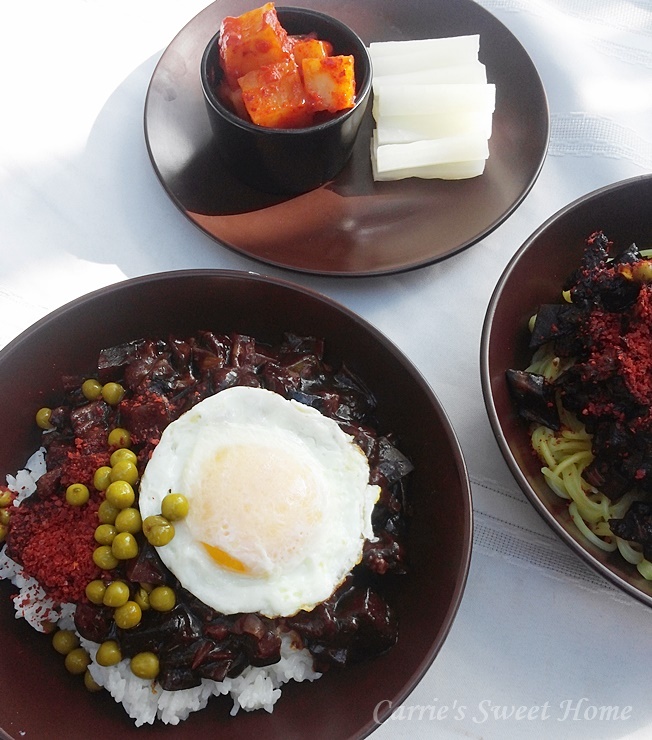
"Jjajangmyeon" and "Jjajangbap" are fun to choose from
It's fun to choose just one sauce
Making "Jjajangmyeon" and "Jjajangbap".
3 serving
Within 60 minutes

달콤스윗맘
- Ingredients
-
-
Pork600g
-
Cabbage1/2pack
-
Potato3ea
-
Carrot1ea
-
onion1ea
-
Pumpkin1ea
-
leek4TS
-
olive oil1/2cup
-
Soy sauce1small cup
-
black bean paste4~5TS
-
- Cooking Steps
-
STEP 1/16If you cut the ingredients into bite-sized pieces and prepare them in the refrigerator in advance, it is convenient to make jajang sauce.
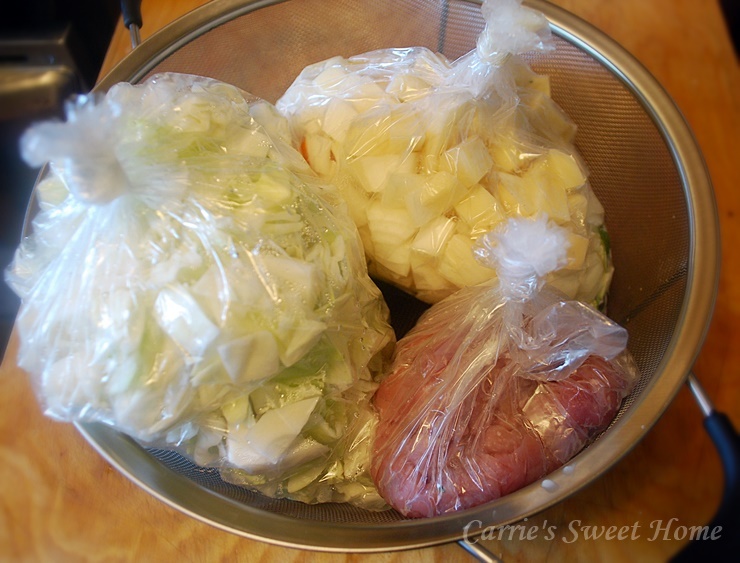 STEP 2/16Add 1/2 cup olive oil (cooking oil) and stir-fry chopped green onions over low heat to make green onion oil.
STEP 2/16Add 1/2 cup olive oil (cooking oil) and stir-fry chopped green onions over low heat to make green onion oil.
(If you don't like greasy food, reduce the amount of oil.)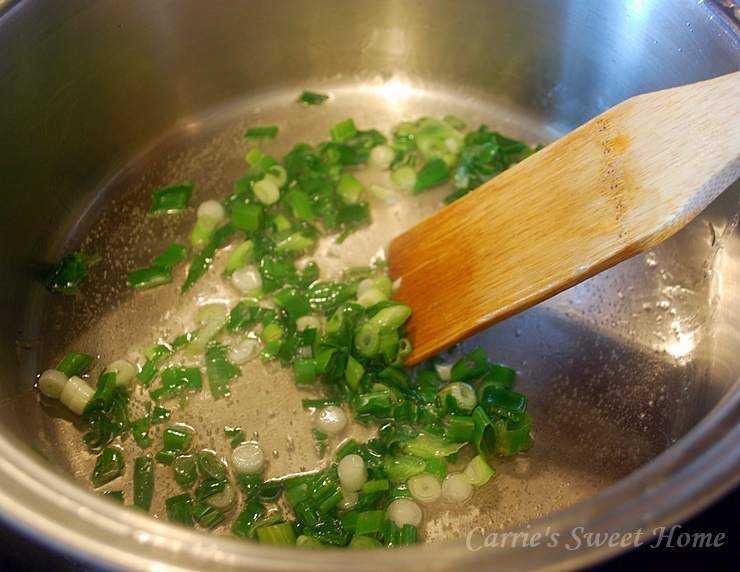 STEP 3/16When green onion oil is made, put it on high heat and stir-fry it with pork.
STEP 3/16When green onion oil is made, put it on high heat and stir-fry it with pork.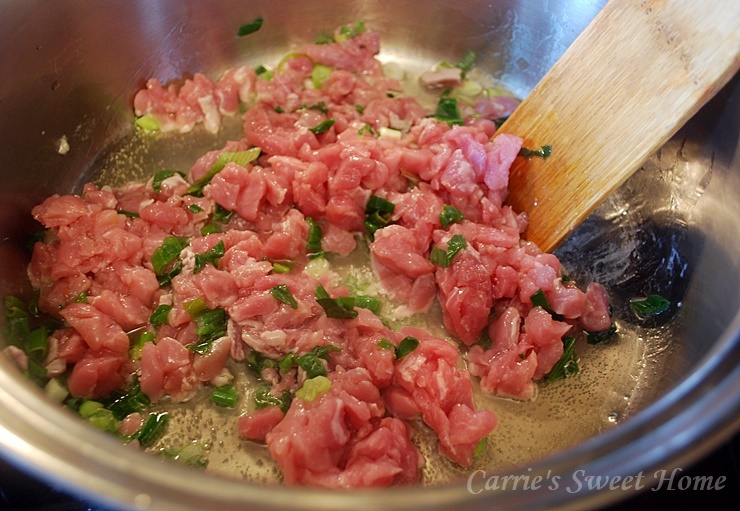 STEP 4/16When the pork is cooked, add 1 cup of soy sauce soju and stir-fry it to make it taste like fire.
STEP 4/16When the pork is cooked, add 1 cup of soy sauce soju and stir-fry it to make it taste like fire.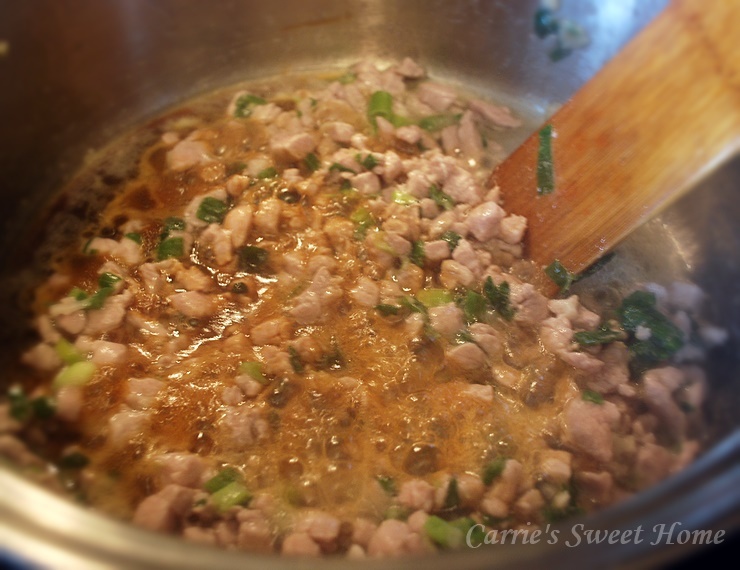 STEP 5/16Add the prepared vegetables and stir-fry.
STEP 5/16Add the prepared vegetables and stir-fry.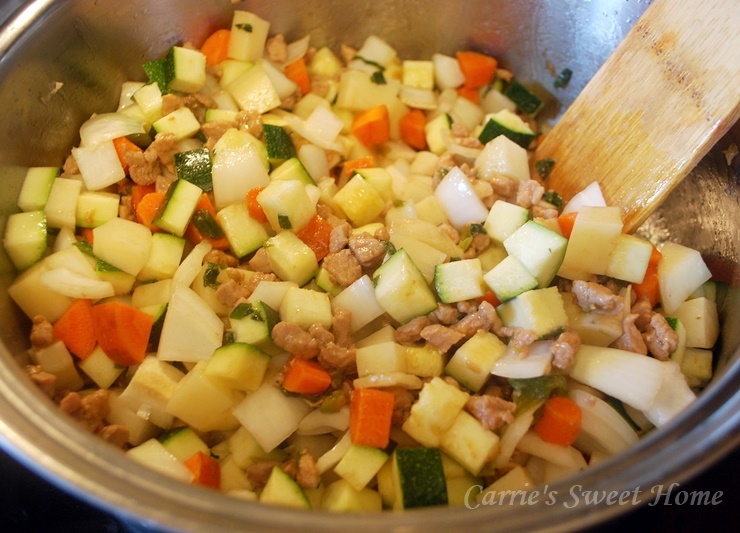 STEP 6/16When the vegetables are cooked to a certain extent
STEP 6/16When the vegetables are cooked to a certain extent STEP 7/16Add cabbage and stir-fry together.
STEP 7/16Add cabbage and stir-fry together.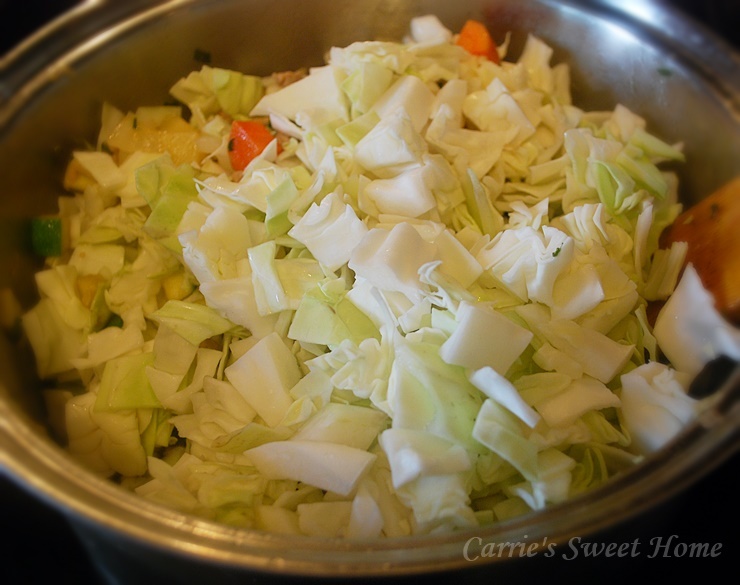 STEP 8/16When the cabbage is out of breath, add 1 tablespoon of sugar and stir-fry.
STEP 8/16When the cabbage is out of breath, add 1 tablespoon of sugar and stir-fry.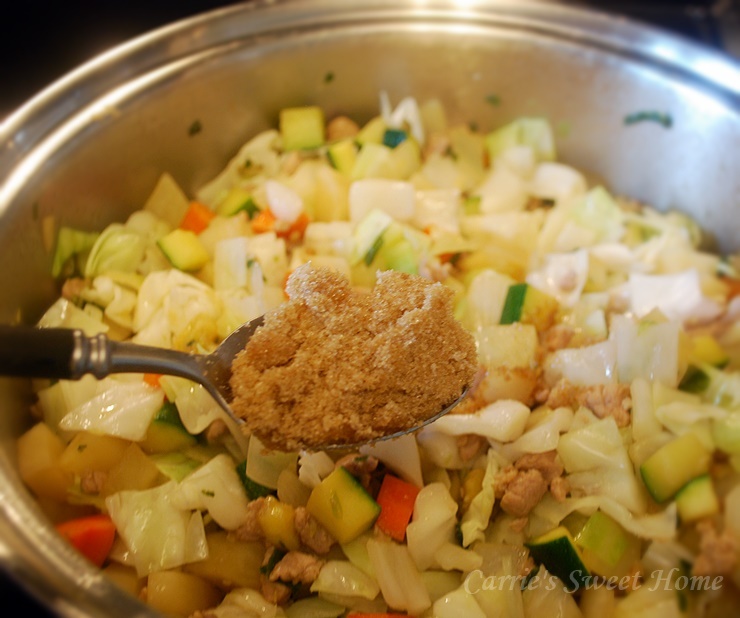 STEP 9/16Add 2 tablespoons of commercially roasted chunjang and mix them.
STEP 9/16Add 2 tablespoons of commercially roasted chunjang and mix them.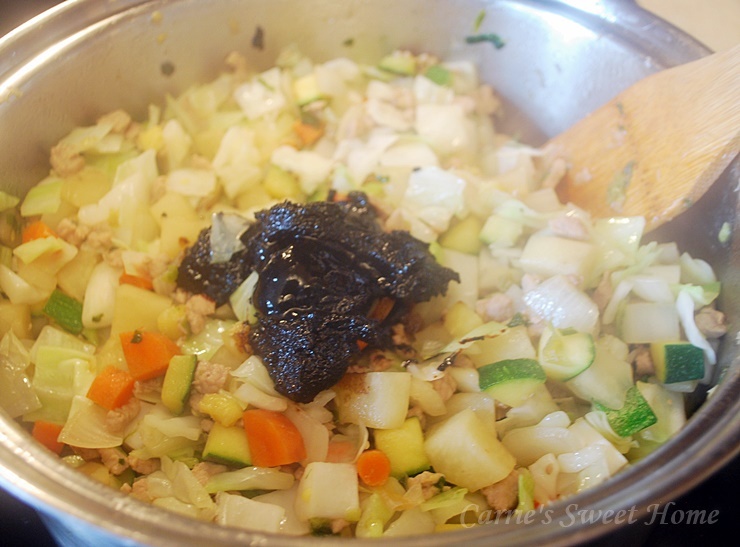 STEP 10/16While seasoning, add 1 or 2 tablespoons more and mix.
STEP 10/16While seasoning, add 1 or 2 tablespoons more and mix.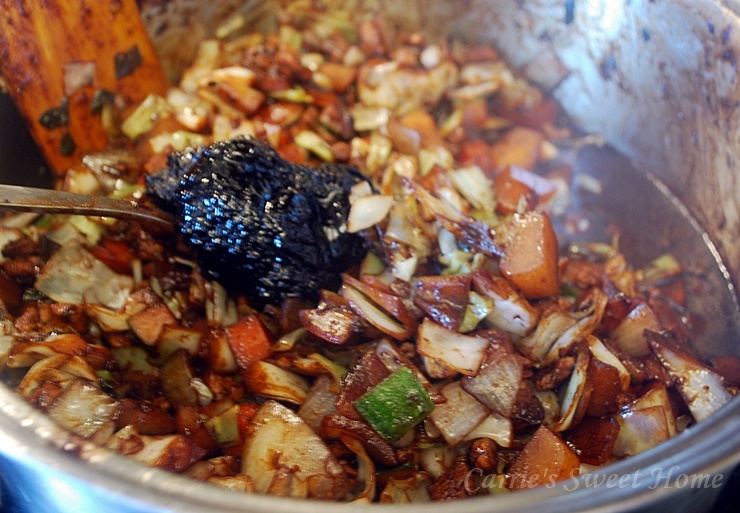 STEP 11/16Place sauce in this state for ganjajang.
STEP 11/16Place sauce in this state for ganjajang.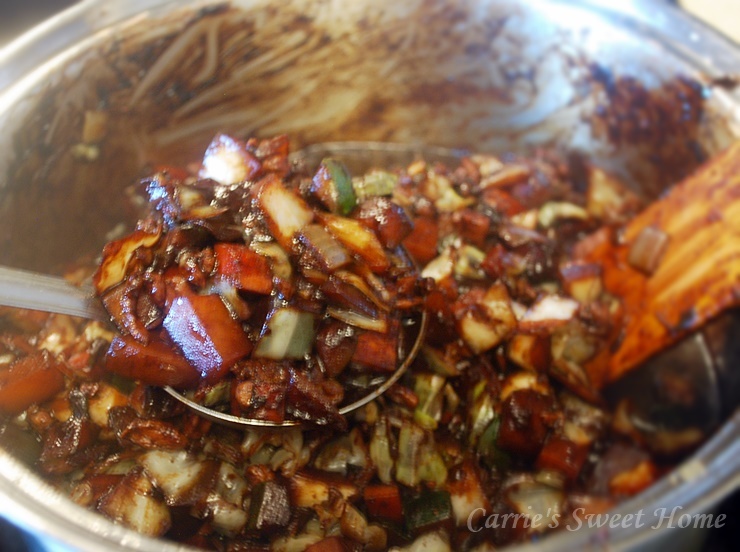 STEP 12/16Pour some water into the remaining sauce
STEP 12/16Pour some water into the remaining sauce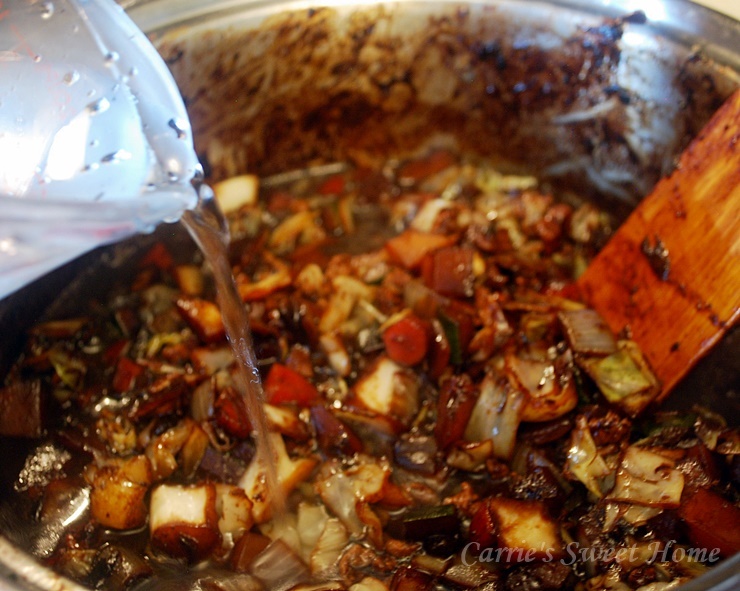 STEP 13/16Boil starch water (1/3 cup water, 2 tablespoons starch) and adjust the concentration.
STEP 13/16Boil starch water (1/3 cup water, 2 tablespoons starch) and adjust the concentration.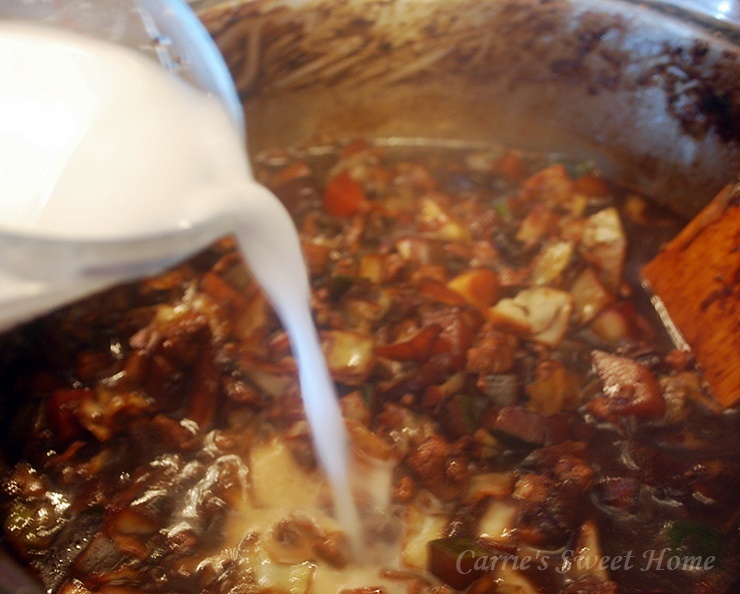 STEP 14/16Turn off the heat when the desired concentration is reached.
STEP 14/16Turn off the heat when the desired concentration is reached.
Finally, season with a little bit of black soybean paste and sugar to suit your taste.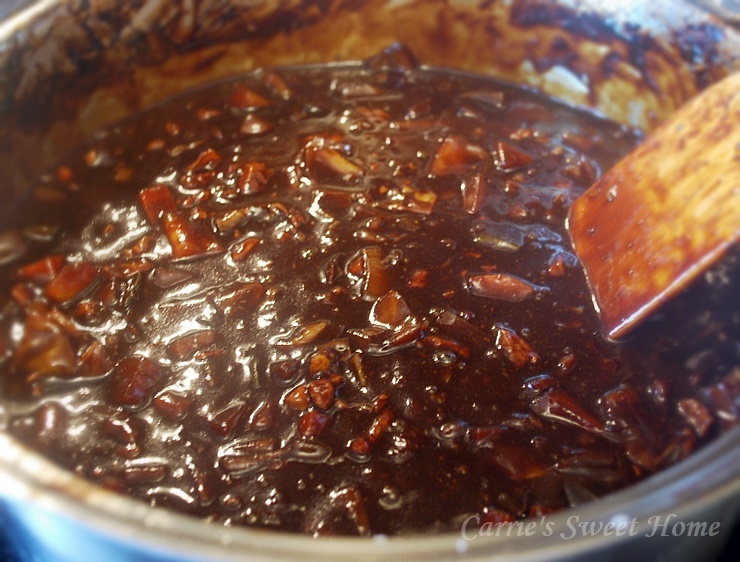 STEP 15/16Place the black bean sauce on top of the boiled noodles, a little bit of sweet beans and red pepper powder, and then put it on the table.
STEP 15/16Place the black bean sauce on top of the boiled noodles, a little bit of sweet beans and red pepper powder, and then put it on the table.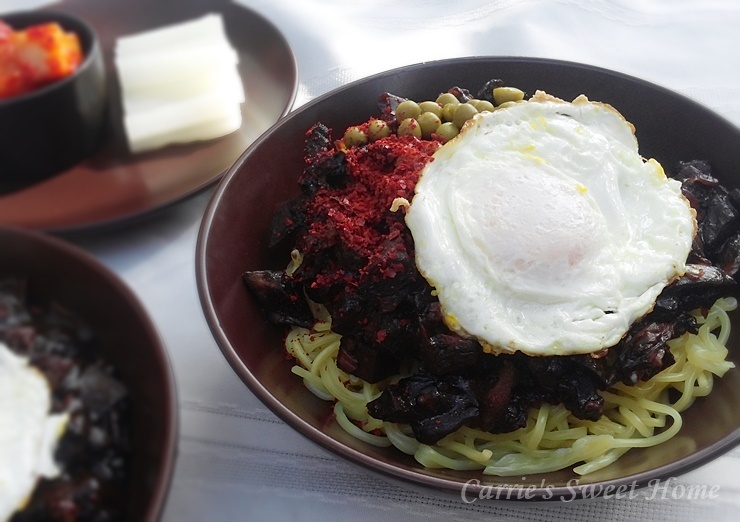 STEP 16/16Put a lot of jajang sauce on top of the warm rice and put sweet beans, a little red pepper powder, and fried eggs on top and serve.
STEP 16/16Put a lot of jajang sauce on top of the warm rice and put sweet beans, a little red pepper powder, and fried eggs on top and serve.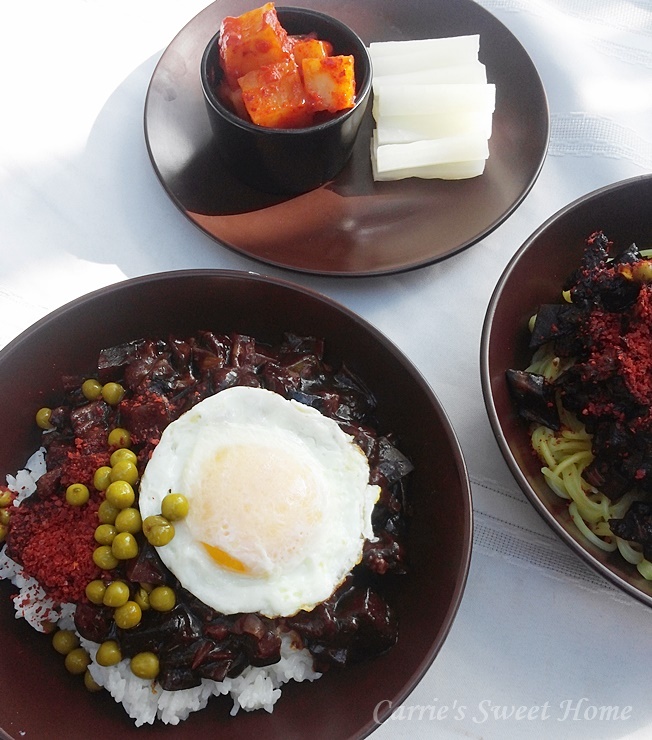 It's good to season it little by little without putting all the sugar or stir-fried chunjang at once.
It's good to season it little by little without putting all the sugar or stir-fried chunjang at once.
- Bibimbap Recommended recipe
-
-
1
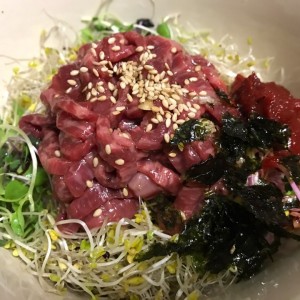 Sprout Raw Beef Sliced Raw Fish Bibimbap4.90(20)
Sprout Raw Beef Sliced Raw Fish Bibimbap4.90(20) -
2
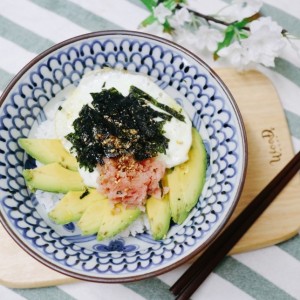 The menu that the actress ate. Super simple avocado pollack bibi4.98(48)
The menu that the actress ate. Super simple avocado pollack bibi4.98(48) -
3
 Use vegetables and pancakes left over from the holidays!Vegetabl4.89(9)
Use vegetables and pancakes left over from the holidays!Vegetabl4.89(9) -
4
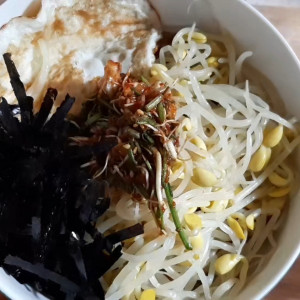 [Bean sprout rice] It's easy to make bean sprout bibimbap (+even4.89(9)
[Bean sprout rice] It's easy to make bean sprout bibimbap (+even4.89(9)
-
- chicken Recommended recipe
-
-
1
 Making barbecue chicken Let's make a barbecue-flavored chicken5.00(14)
Making barbecue chicken Let's make a barbecue-flavored chicken5.00(14) -
2
 How to make soy sauce chicken at home. How to make soy sauce chi4.83(40)
How to make soy sauce chicken at home. How to make soy sauce chi4.83(40) -
3
 Jongwon Baek Fried Chicken / Making KFC Chicken / Maritel Chicke4.75(8)
Jongwon Baek Fried Chicken / Making KFC Chicken / Maritel Chicke4.75(8) -
4
 Cooking using leftover chicken! Making "Kkkanpung Chicken"4.95(19)
Cooking using leftover chicken! Making "Kkkanpung Chicken"4.95(19)
-